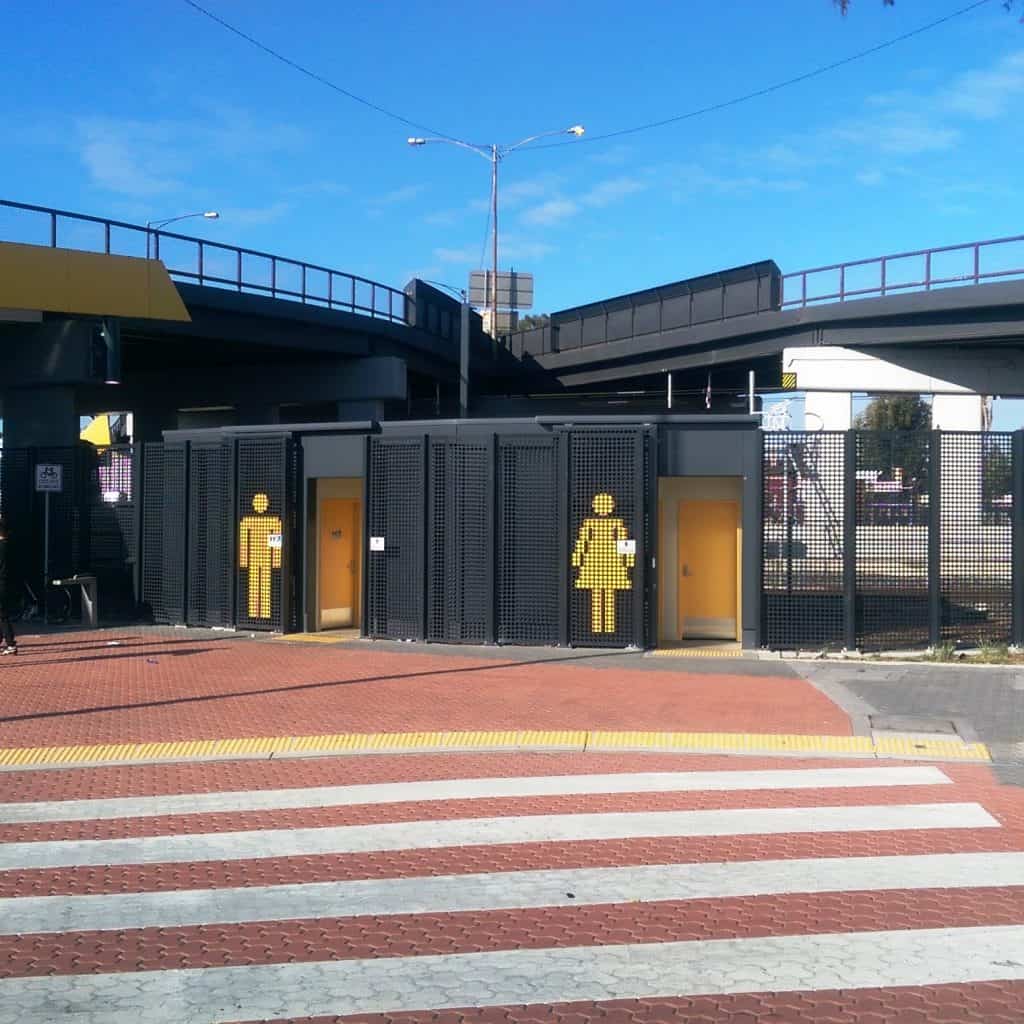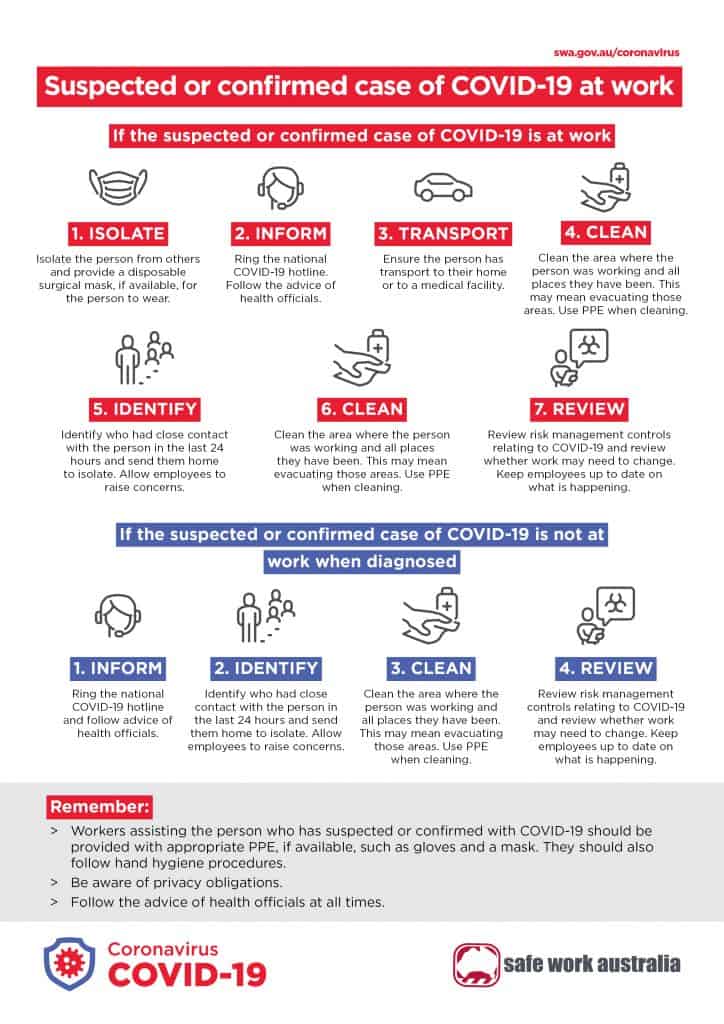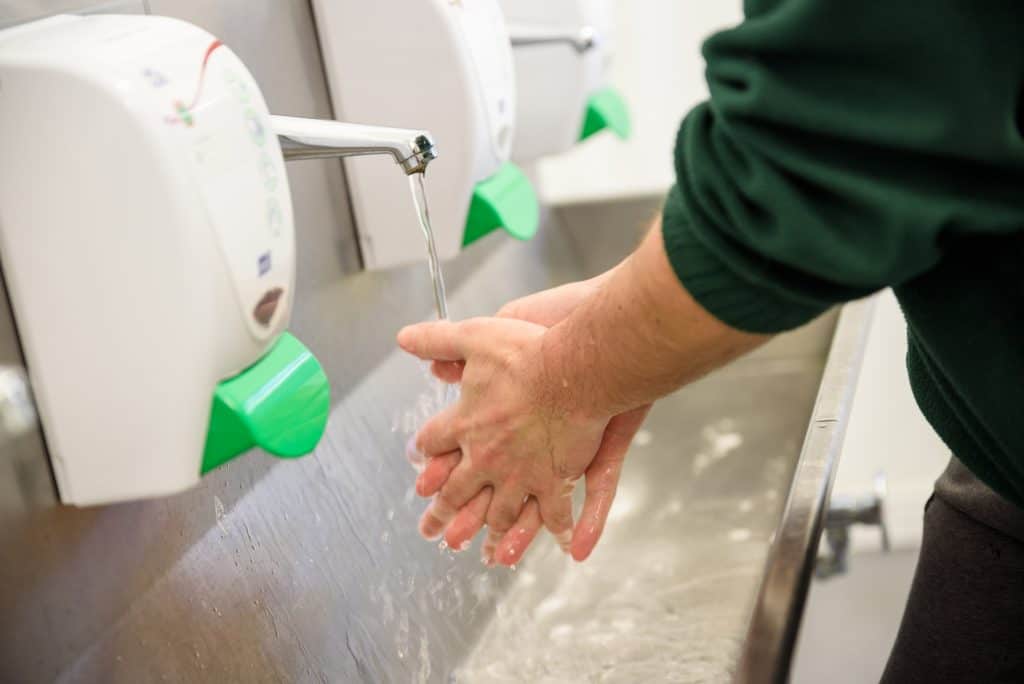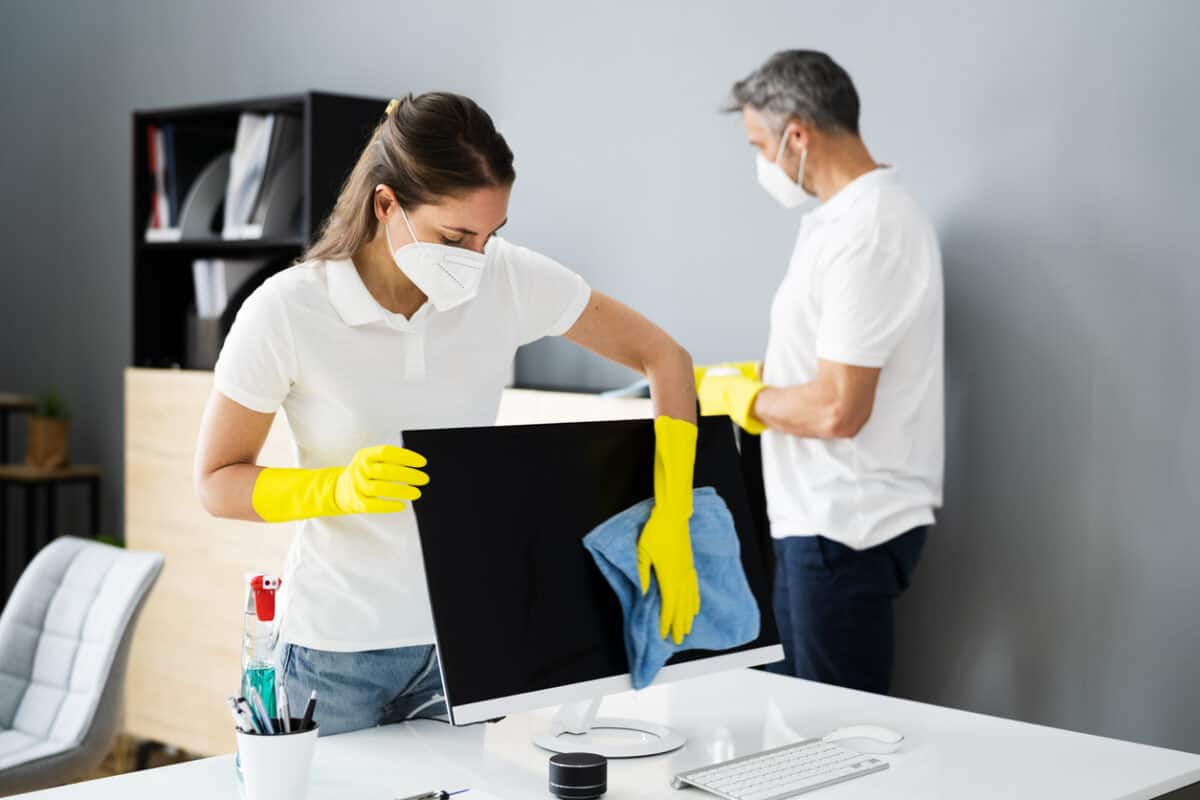Rory O’Neill was a member of a panel at the 23rd World Congress for Safety and Health at Work, ostensibly, about Safety in Design in high-risk industries. It is fair to say he was expansive, engaging and provocative. It was a rare opportunity to hear him speak in person. Below are some examples of his challenging and, in some ways, traditional approach to occupational health and safety (OHS).
Category: cleaners
Do what you know is the right thing to do
Currently, Australia has an increase in hospitalisations of people with the latest COVID-19 variants and influenza. The Victorian Government, in particular, is resisting implementing a mandatory requirement for masks even though this Winter had been flagged as a season of high risk for transmissible infections, and such control measures were shown to be effective in previous years.
Regardless of the politics in the Victorian Government’s decision, and there is a lot of politics there with an election in November, what should employers do to reduce the risks of workers catching or transmitting the virus, and so maintain continuous operation and production?
Continue reading “Do what you know is the right thing to do”Quick OHS News – Danger Money, Red Tape and Toilets

Below is some interesting occupational health and safety (OHS) issues that have appeared over the last week that I don’t have the time to explore in the usual depth but are useful.
Danger Money appears
David Marin-Guzman reports that unions are asking for an extra
“$5 an hour to compensate [disability workers] for risks in assisting clients suspected of having coronavirus.”
The reporter’s Twitter account justifiably describes this as “danger money“, an issue forecast as likely by this blog recently. That such an offer is made by the Health Services and United Workers Unions is disappointing but unions can do little else as the employers have the primary OHS responsibilities. What such action also does though is let the employers off lightly from their OHS duties to continuously improve workplace health and safety. The $5 danger money may be cheaper than implementing other risk control options but OHS laws have a process for this type of decision making that has Cost as the last option to be considered. Allowances do not reduce worker safety risks and they can undermine future OHS initiatives.
Business COVID19 survey could have been clearer and more useful
On April 14, 2020, the Australian Industry Group revealed, in a media release, some details of how its members were responding to the COVID19 pandemic. The survey was described as economic research and, as occupational health and safety (OHS) is mentioned, SafetyAtWorkBlog asked from more details on the OHS-related findings.

The survey found:
“There has been a steep rise in workload as a result of new OH&S policies and procedures around hygiene (34%) and working from home (25%).”
“Employees are also anxious, with 31% of businesses saying there is increased anxiety levels within their workforce.”
Safe Work Australia’s COVID19 guidance

In mid-March, pandemic advice from occupational health and safety (OHS) regulators was assessed with the generic guidance from WorkSafe Victoria being praised. Many changes to workplaces have occurred since then and Safe Work Australia (SWA) has caught up with the demand for industry-specific guidance on managing work in this pandemic. SWA’s advice is very good and is discussed below.
Hand washing and safety

The appearance of a new coronavirus (Covid19) has again thrown a focus on hand hygiene. This is an occupational health and safety (OHS) issue as the risk could appear at work and, in Australia, suitable toilet amenities are required under OHS Acts and Regulations. But how do you wash your hands safely? Let’s look at one recommendation.
One safety quandary solved by Consumer Law. What others are possible?

Last week the Australian Government accepted the recommendations of the Australian Competition and Consumer Commission (ACCC) about improving the safety of quad bikes. But the improvement in safety came not through occupational health and safety (OHS) laws but the Australian Consumer Law so how could the ACL help improve workplace health and safety further? After a quick look at how the quad bike recommendations have been received, the potential of the ACL is considered in relation to silicosis.


